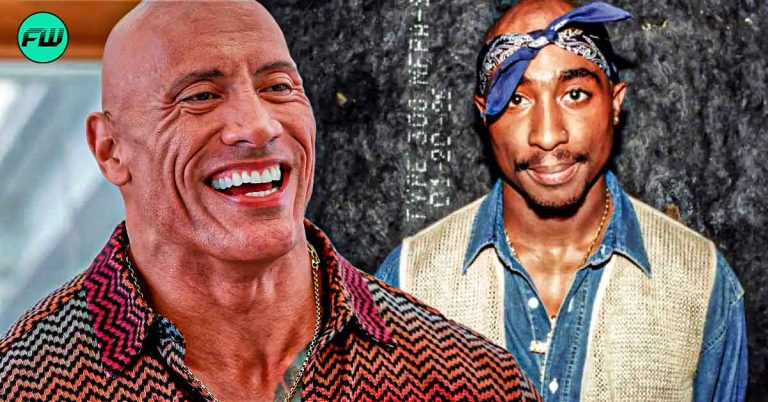The film industry is a dynamic, ever-evolving field of art in large part due to the rapidly advancing technologies incorporated into the production processes. Are all of the changes positive? One of the trends that we have seen is that instead of using real animals, movie studios are turning to computer-generated imagery (CGI). However, Dr. Dolittle, starring Eddie Murphy, used some really inventive methods to bring animals to life without the aid of computer graphics.
We all know that Eddie Murphy gained fame in the 1980s as a stand-up comedian who appeared in classic films like Trading Places, Beverly Hills Cop, and Coming to America. So, no one was quite sure what to expect when he was cast in the role of Dr. Dolittle in the 1998 film of the same name.

Murphy delivered a quirky and hilarious performance, and the animals that appeared on screen alongside him were a pleasant surprise.
Rewind: Eddie Murphy Discussed The Making of Dr. Dolittle
There has always been an interest in how animal characters are portrayed on screen in movies. As computer-generated imagery (CGI) technology has grown in popularity, Hollywood has heavily embraced it to create a wide range of both real and fantastical creatures.
However, Eddie Murphy’s Dr. Dolittle is a classic illustration of a movie that combined the actual use of animals and practical effects to create the animals featured in the film. This took place even before CGI attained its current level of popularity.
The 62-year-old actor explained how Dr. Dolittle brought animals to life without the use of computer-generated imagery during his interview on The Bobbie Wygant. And it is true to say that without CGI, the film somehow succeeded in creating the impression that the animals were conversing and interacting with the human characters.

The way the animals were brought to life by the filmmakers involved a combination of puppetry, animatronics, and well-trained animals. And when asked about the experience, the actor responded:
“It was a mixture of different things. Most of the stuff I did with was with live animals and they would train animals.”
He further added:
“And then you hear a actor who’s playing the dog and you hear his voice coming out of the speaker, so it was a surreal working in the show like that.”
Was This Strategy Successful?
Although this approach was challenging, the finished product captured the audience’s attention. Given that the movie’s estimated budget was $71.5 million, no one could have expected the enormous box office success it attained with $294.4 million.
Contrast this with Marvel’s productions, nearly all of which heavily rely on CGI animators to create well-known comic book characters. This is true that Hollywood has produced some visually stunning films as a result of this technology, but has it become too dependent on it?
But, still, the good news is that filmmakers like Tim Burton and Quentin Tarantino still exist who are not afraid to use practical effects to further their narratives.

Even though the Marvel movies are impressive, it is comforting to know that movies like Dr. Dolittle, which used real animals, puppets, and animatronics, can still be made. Last but not least, Eddie Murphy’s Dr. Dolittle served as a fantastic example of how to create a classic movie without the use of CGI.
Thus, the impressive practical effects to bring the animals to life serve as a reminder of the importance of using one’s imagination and creativity rather than relying solely on computer-generated magic.
Also Read: $4.02B Franchise Paid Mike Myers, Eddie Murphy a Stupendous Amount of Money for Voicing Iconic Roles
Source- The Bobbie Wygant











